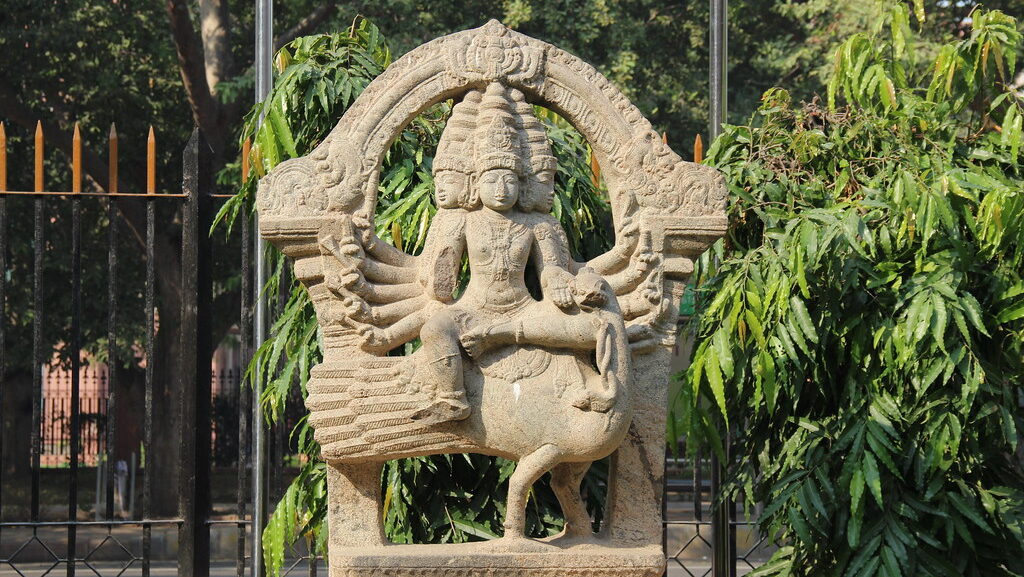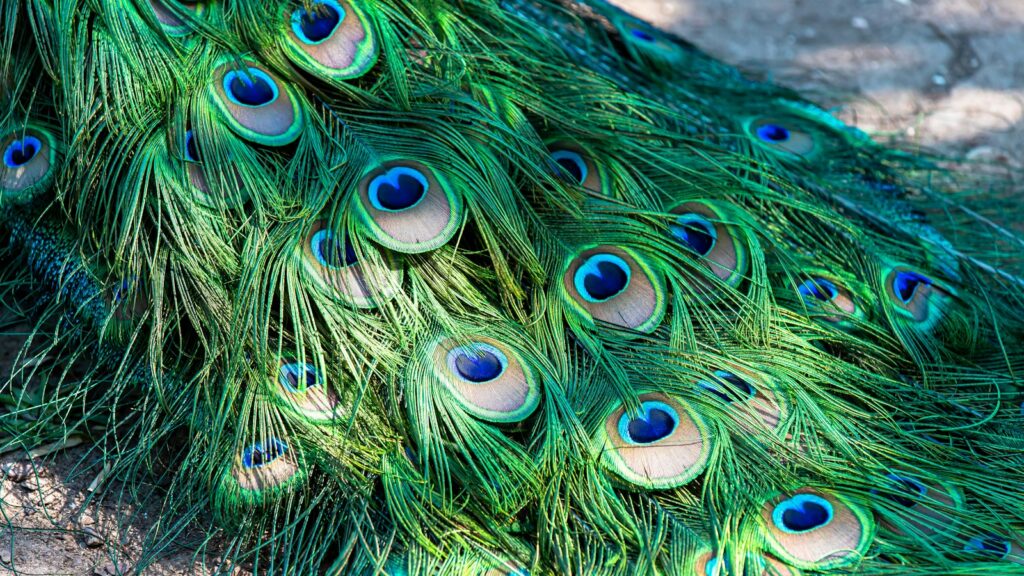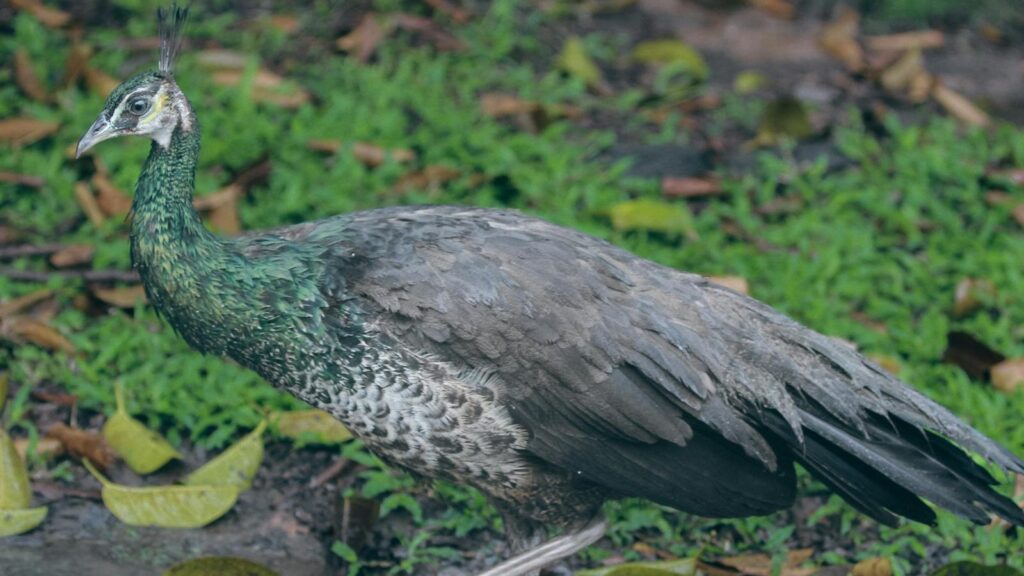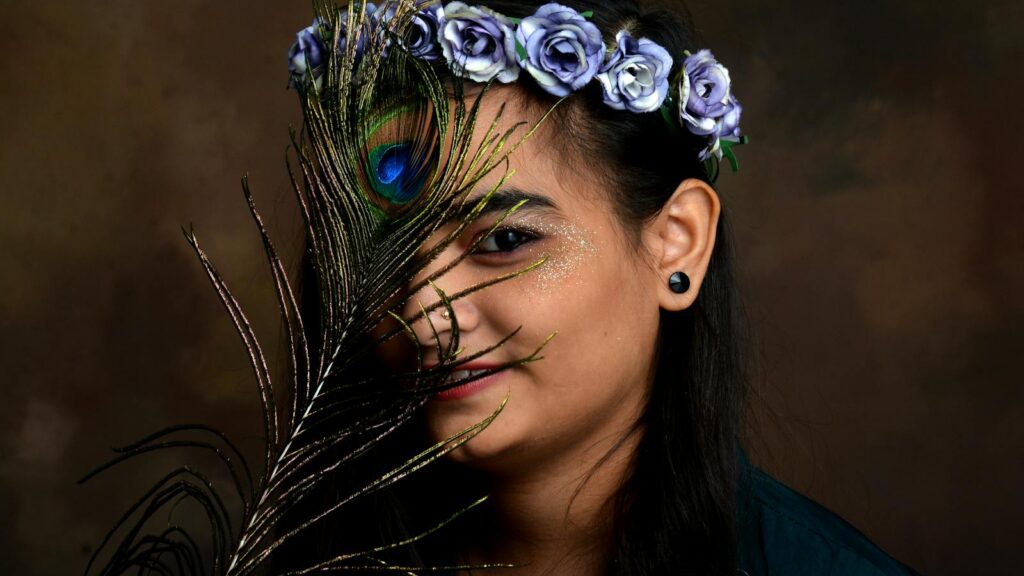Since ancient times, the resplendent feathers of peacocks have captivated human imagination, inspiring myths, legends, and superstitions across diverse cultures. These iridescent plumes, with their eye-like markings, have been revered as symbols of beauty and regality while simultaneously feared as harbingers of misfortune. Despite their cultural significance spanning thousands of years, many commonly held beliefs about peacock feathers are based on misconceptions rather than facts. This article explores the fascinating truth behind peacock feather myths, revealing surprising insights about these remarkable natural wonders and the birds that produce them, separating folklore from scientific reality in ways that might challenge what you’ve always believed.
The Origins of Peacock Feather Superstitions

Many negative superstitions surrounding peacock feathers can be traced back to specific cultural contexts that were later misinterpreted. In Mediterranean and Asian cultures, the eye-like patterns on peacock feathers were associated with the “evil eye” – a malevolent stare believed to bring misfortune. This connection wasn’t initially negative, as in many traditions, the peacock’s “eyes” were actually considered protective talismans against evil forces. The shift toward viewing peacock feathers as unlucky occurred primarily during the European theater boom of the late 19th and early 20th centuries, when stage accidents coinciding with peacock feather props created a professional superstition that eventually spread to the general public. Understanding this historical context reveals that the “bad luck” associated with peacock feathers is a relatively recent Western development rather than an ancient universal belief.
Peacock Feathers in Religious Traditions: More Revered Than Feared

Contrary to popular belief about their negative connotations, peacock feathers hold sacred status in numerous religious traditions around the world. In Hinduism, the peacock is the vahana (mount) of Lord Kartikeya and Lord Krishna is often depicted wearing a peacock feather in his crown, symbolizing divine beauty and wisdom. Buddhism regards the peacock as a symbol of purity and compassion, with the feathers representing the all-seeing wisdom of the Buddha. In Christianity, particularly during medieval periods, peacock imagery symbolized immortality and resurrection because of the ancient belief that peacock flesh didn’t decay after death. In Yazidism, a religion practiced primarily in parts of Iraq, the peacock angel (Melek Taus) is a central figure of worship. These positive religious associations significantly outweigh negative superstitions in global cultural history.
The Scientific Truth Behind Peacock Feather Formation

Peacock feathers are marvels of natural engineering that go far beyond simple pigmentation. The iridescent colors that make these feathers so captivating aren’t produced by pigments but through a phenomenon called structural coloration. Microscopic structures in the feather barbules refract light similar to prisms, creating the shifting blues, greens, and golds we perceive. Each “eye” pattern on a peacock feather represents approximately one year of growth, contrary to the myth that they represent actual eyes or souls watching us. Research published in the Journal of Experimental Biology revealed that peacocks can make their feathers vibrate at specific frequencies during courtship displays, producing a sound inaudible to humans but detectable to peahens. This sophisticated combination of visual and acoustic signaling demonstrates evolutionary adaptation far more complex than mythical explanations suggest.
Misconception: All Peacocks Have Colorful Feathers

A common misconception is that all peacocks display the iconic colorful plumage, when in reality, this trait is exclusive to male peafowl. Females, correctly called peahens, have relatively dull brownish-gray feathers that provide excellent camouflage when nesting on the ground. This sexual dimorphism (physical difference between sexes) is one of the most extreme examples in the bird world and serves distinct evolutionary purposes. The misconception extends to white peacocks as well, which are often wrongly considered a different species; they are actually leucistic Indian peafowl with a genetic condition that prevents pigment from being properly deposited in their feathers. Even with this condition, the structural components of their feathers remain intact, allowing them to display subtle iridescent patterns despite appearing predominantly white to human eyes.
Peacock Feathers in Home Decor: Cultural Contradictions

The superstition that peacock feathers bring bad luck when displayed in homes stands in stark contrast to their historical use as prestigious decorative elements. In the Victorian era, peacock feathers were highly prized decorative items that symbolized wealth and luxury in upper-class homes. The Art Nouveau movement prominently featured peacock motifs in furniture, wallpaper, and architectural elements. In China and Southeast Asia, peacock feathers were awarded to civil servants as badges of rank and honor – far from being considered unlucky. Today, feng shui practitioners often recommend peacock feathers as symbols of protection and integrity that can enhance the positive energy of a space. This dramatic contradiction between Western superstition and Eastern reverence demonstrates how cultural context shapes interpretation of the same natural object.
The Theater Curse: Facts Behind the Superstition

The theatrical superstition against peacock feathers has practical origins that have been exaggerated over time. Long, unwieldy peacock feathers used as props or costume elements could easily catch on lighting equipment or scenery, causing genuine stage accidents. The eye patterns were also believed to distract actors by resembling the eyes of audience members, potentially causing them to forget lines or miss cues. Some theater historians trace the superstition specifically to late 19th-century productions of Oscar Wilde’s plays, as Wilde was associated with the Aesthetic Movement that embraced peacock imagery, and his subsequent personal downfall reinforced the connection between peacocks and misfortune. While many contemporary theaters still observe the ban on peacock feathers, it stems from these practical and historical concerns rather than inherent mystical properties of the feathers.
Sustainable Harvesting: The Ethical Reality of Peacock Feathers

Contrary to the belief that peacock feathers are obtained through harmful practices, the vast majority of commercially available peacock feathers are collected after being naturally shed. Male peacocks molt their train feathers annually after mating season, typically between July and September, leaving behind hundreds of intact feathers that can be gathered without harming the birds. This natural shedding process is why peacock feathers are considered ethically sourced compared to plumes from many other exotic birds. Indian peacocks (Pavo cristatus), the most common species in the ornamental feather trade, are protected under India’s Wildlife Protection Act of 1972, but the collection and sale of naturally molted feathers is permissible. Conservation efforts focus on habitat protection rather than feather harvesting restrictions, as the demand for peacock feathers actually incentivizes the maintenance of healthy peacock populations in some regions.
Medical and Scientific Applications of Peacock Feathers

Beyond ornamental uses, peacock feathers have contributed to significant scientific and medical advancements. The photonic crystal structure of peacock feathers has inspired biomimetic materials with applications in fields ranging from solar energy to advanced optics. Researchers at the University of California have studied the nanoscale architecture of peacock feathers to develop more efficient light-sensitive devices and anti-counterfeiting technologies. In traditional Chinese medicine, peacock feather ash has been used for centuries to treat poisonous snake and insect bites, with modern research identifying certain antimicrobial properties in the feather’s keratin structure. Scientists studying color perception and evolution also rely on peacock feathers as model systems for understanding how structural colors develop and function in nature. These practical applications demonstrate that peacock feathers have value far beyond decorative or symbolic uses.
The Global Distribution Myth: Where Peacocks Really Come From

Many people incorrectly assume peacocks are native to multiple continents due to their widespread presence in zoos and estates worldwide. In reality, true peacocks (genus Pavo) are native only to South Asia and Southeast Asia, with the Indian peacock (Pavo cristatus) originating from India and Sri Lanka and the green peacock (Pavo muticus) from Southeast Asia. The Congo peacock (Afropavo congensis), discovered only in 1936, is native to African rainforests but belongs to a different genus and lacks the elaborate train feathers associated with Asian peacocks. The global distribution of peacocks is entirely due to human intervention – they were transported along ancient trade routes as exotic gifts for royalty and nobility. By the Roman era, peacocks had reached Europe and North Africa, and European colonization later introduced them to the Americas and Australia. This human-facilitated spread has contributed to the false impression that peacocks are cosmopolitan native birds.
Evolutionary Purpose: Why Peacocks Evolved Their Extraordinary Feathers

Charles Darwin initially struggled to explain the evolutionary advantage of the peacock’s cumbersome train, as it seemed to contradict natural selection by potentially making males more vulnerable to predators. His solution was the concept of sexual selection – the idea that certain traits evolve not because they enhance survival, but because they improve mating success. Modern research has confirmed Darwin’s theory while adding nuance: studies by Dr. Roslyn Dakin at the University of British Columbia demonstrated that peahens preferentially mate with males displaying more eyespots and better symmetry in their trains, which may indicate genetic fitness. More surprising is recent evidence suggesting the peacock’s train isn’t as physiologically costly as previously assumed – peacocks with and without trains show similar running speeds and flying abilities. These findings reveal that the evolutionary trade-off of growing such elaborate plumage may be less severe than scientists once believed, explaining how such seemingly impractical features could persist through natural selection.
The Acoustic Properties of Peacock Feathers

While peacock feathers are celebrated for their visual splendor, their acoustic properties remain largely unknown to the general public. During courtship displays, male peacocks vibrate their feathers at approximately 25 Hz, creating low-frequency sounds that complement their visual display. These vibrations are facilitated by the unique microstructure of the feather rachis (shaft), which combines rigidity and flexibility in ways that acoustic engineers find remarkable. Researchers at the Max Planck Institute for Ornithology discovered that each eyespot on a peacock’s train can be manipulated independently, allowing for complex patterns of movement and sound. These acoustic properties may explain why peacock feathers were traditionally used in certain musical instruments across South Asia, including being attached to the resonating chambers of string instruments to enhance specific tonal qualities. The integration of visual and acoustic signaling demonstrates evolutionary sophistication beyond what is implied by myths focusing solely on the feathers’ appearance.
Peacock Feathers in Fashion: Historical Controversies

The use of peacock feathers in fashion has generated controversy that predates modern ethical concerns about animal products. During the height of the Victorian plume boom in the late 19th century, peacock feathers were among the few exotic bird products that could be sourced ethically due to natural molting, while other bird species were hunted to near extinction for their plumage. This ethical advantage made peacock feathers particularly valuable to early conservation-minded fashion designers. However, peacock feathers fell dramatically out of fashion in Western society coinciding with Oscar Wilde’s imprisonment in 1895, as his association with peacock imagery through the Aesthetic Movement suddenly became a liability. In Eastern fashion traditions, particularly in India and China, peacock feathers maintained their prestigious status without interruption, being incorporated into royal garments and ceremonial accessories. Today, haute couture designers like Alexander McQueen and Gucci have reinterpreted peacock feather motifs using sustainable approaches, demonstrating how cultural attitudes toward these feathers continue to evolve.
Conservation Status and Threats to Wild Peacocks

Despite their cultural prominence, wild peacock populations face significant conservation challenges that contradict the common perception that they are abundant birds. The Indian peafowl (Pavo cristatus) maintains a conservation status of “Least Concern,” but the Green peafowl (Pavo muticus) is classified as “Endangered” on the IUCN Red List, with population declines exceeding 50% over three generations. Habitat loss represents the primary threat, as agricultural expansion and urbanization reduce the woodland edges and forest clearings these birds require. Poaching presents another serious concern, particularly for green peafowl, which are targeted not primarily for their feathers but for meat and eggs. Conservation efforts in Thailand, Vietnam, and Indonesia focus on habitat protection and anti-poaching initiatives, while captive breeding programs maintain genetic diversity. Ironically, the very cultural significance that created myths about peacock feathers offers a potential conservation advantage, as peacocks receive greater protection in regions where they hold religious or national importance.
Conclusion

The rich tapestry of myths surrounding peacock feathers reveals more about human psychology and cultural history than about the feathers themselves. From their scientific structure to their cultural significance, peacock feathers continue to fascinate and inspire across disciplines. The evolution of beliefs about these stunning natural creations demonstrates how superstitions can develop and transform over time, often obscuring more interesting truths. As we separate fact from fiction, we gain a deeper appreciation for both the natural wonder of peacock feathers and the complex ways humans have interpreted and interacted with them throughout history. Perhaps most surprisingly, these misunderstood feathers continue to contribute to fields ranging from materials science to conservation biology, proving that their value extends far beyond mere decoration or symbolism.
